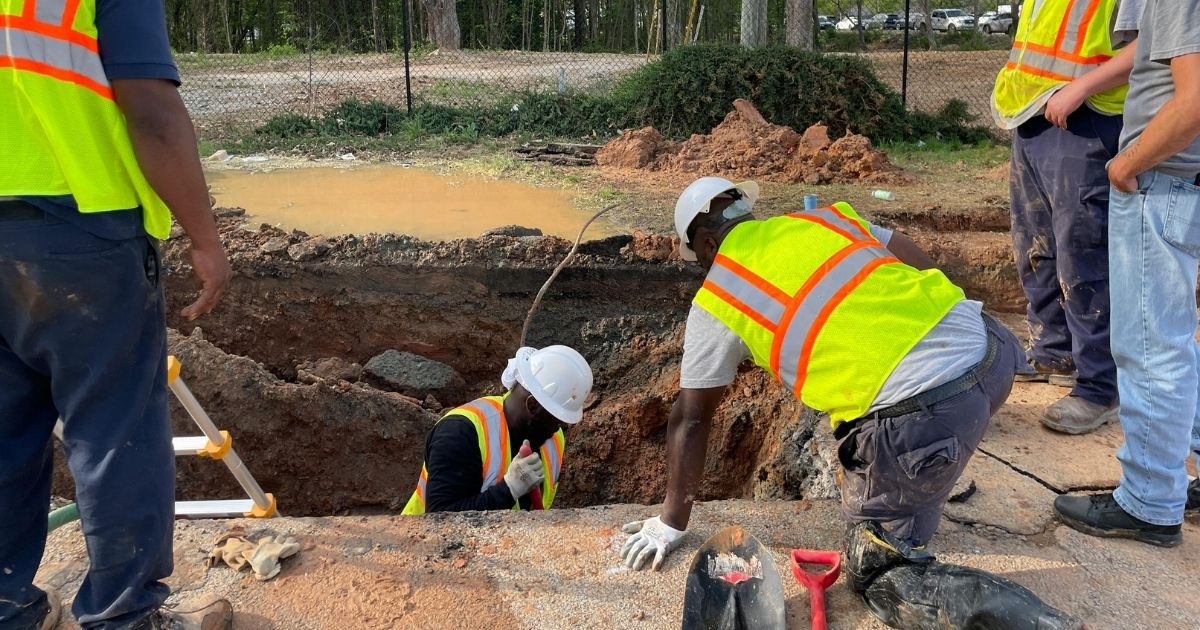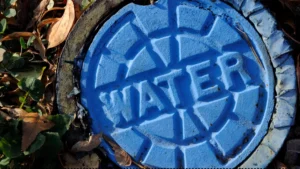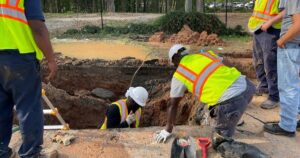The Hidden Cost of Water Loss
Every drop of water treated, pumped, and distributed by a utility has value, yet not all of it generates revenue. In fact, industry studies estimate that up to 30% of water worldwide is classified as non-revenue water (NRW). For utilities, that means billions of gallons lost each year, higher operating costs, and reduced customer trust.
This is where non-revenue water reduction strategies become critical. By understanding what NRW is, why it happens, and how to address it, utilities can improve efficiency, protect revenue, and deliver a better service to their communities.
What Is Non-Revenue Water?
Non-revenue water refers to water that is produced but never billed to a customer. It falls into three main categories:
-
Physical losses – leaks, bursts, and overflows in the distribution system.
-
Commercial losses – meter inaccuracies, data errors, or theft.
-
Unbilled authorized consumption – water provided for firefighting, flushing, or other non-metered uses.
In other words, NRW is the difference between what a utility produces and what it successfully bills. High levels of NRW are often a symptom of aging infrastructure, limited monitoring, or ineffective processes. Holistic Utility Solutions can help bring this back on track.
Why Non-Revenue Water Reduction Matters
Financial Impact
Every gallon of lost water represents lost income. Even a small reduction in NRW can translate into significant revenue recovery for utilities.
Operational Efficiency
Leaks and breaks waste not just water but also energy, chemicals, and labor. If we address them, we can improve the overall system efficiency.
Environmental Responsibility
Reducing water loss conserves limited natural resources and supports sustainability goals.
Customer Trust
Visible leaks, billing errors, or service interruptions erode a customer’s confidence. A strong non-revenue water reduction program reinforces better accountability.
How Utilities Can Achieve Non-Revenue Water Reduction
1. Comprehensive Water-Loss Consulting
Partnering with water-loss consulting experts helps utilities identify where and why losses occur and a detailed audit uncovers the most cost-effective actions to reduce NRW.
2. Advanced Metering Infrastructure (AMI)
Smart meters and data analytics detect anomalies in consumption patterns. This allows utilities to catch leaks, theft, or faulty meters in real time and has proven to show tangible results.
3. Pressure Management
Excessive system pressure can accelerate leaks and pipe bursts. Pressure-reducing valves and district metered areas (DMAs) help utilities stabilize distribution and extend asset life.
4. Leak Detection Technologies
Acoustic sensors, satellite imaging, and AI-driven monitoring tools provide continuous insight into pipeline conditions. Similar to most things that become problematic, early detection prevents costly water loss events.
5. Workforce Training and Standardization
We’ve found that utilities benefit from equipping teams with best practices in NRW management, whether its from meter testing to accurate data collection.
The Role of Water-Loss Consulting Firms
Specialized consultants, like us at Holistic Utility Solutions, bring a strategic, data-driven approach to non-revenue water reduction. We combine industry benchmarking, on-site system audits, and advanced technology recommendations. Our tailored roadmap ensures utilities aren’t just reacting to leaks but proactively managing water loss across the entire network.
Case for Action: Why Start Now?
The longer water loss goes unaddressed, the more it costs. With regulatory pressures increasing and infrastructure funding opportunities available, now is the time for utilities to act. A clear non-revenue water reduction strategy positions utilities for long-term success while demonstrating a commitment to sustainability and fiscal responsibility.
A Call to Action
At Holistic Utility Solutions, we specialize in guiding utilities through every step of non-revenue water reduction, from assessment to implementation. Our water-loss consulting services help utilities cut costs, recover revenue, and protect resources.
Ready to reduce your non-revenue water?
Contact us today to schedule a consultation and take the first step toward measurable results.
Frequently Asked Questions About Non-Revenue Water Reduction
What is an example of non-revenue water?
An example of non-revenue water is water lost through underground leaks in pipelines. This water has been treated and distributed but never reaches the customer, resulting in revenue loss for the utility.
Why is non-revenue water reduction important for utilities?
Non-revenue water reduction is important because it helps utilities recover lost revenue, improve system efficiency, reduce operating costs, and conserve valuable natural resources.
How do water-loss consulting firms help utilities?
Water-loss consulting firms provide audits, technology recommendations, and training programs that help utilities identify where water is being lost and implement cost-effective solutions for non-revenue water reduction.
What technologies are used for non-revenue water reduction?
Utilities use advanced metering infrastructure (AMI), acoustic leak detection sensors, satellite imaging, and pressure management tools to detect leaks, monitor consumption, and reduce non-revenue water.
How quickly can a utility see results from a water-loss program?
The timeline varies, but many utilities see measurable improvements within the first year of implementing a structured non-revenue water reduction plan, especially when supported by expert consulting and modern monitoring technologies.




